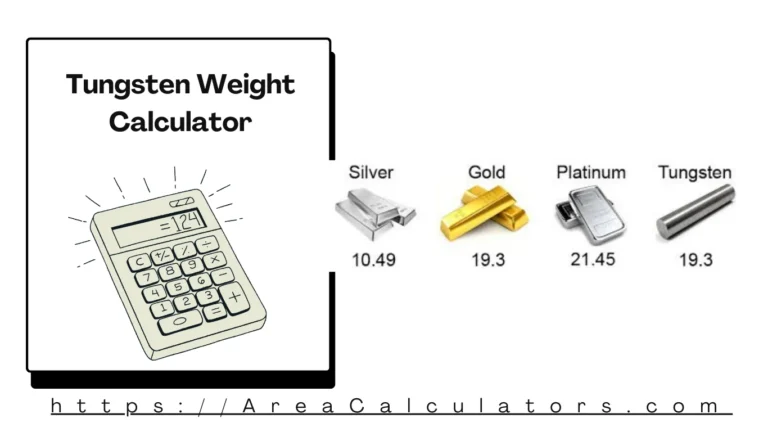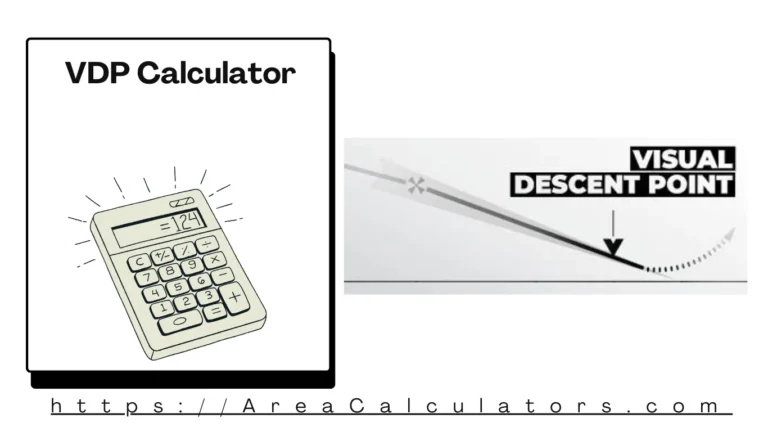Passive earth pressure refers to the resistance exerted by soil when a structure (like a retaining wall) moves toward the soil. This happens when the wall pushes into the soil, compressing it and mobilizing maximum resistance.
It’s a critical concept in geotechnical engineering, particularly in designing structures that must withstand or harness this resistance.
Understanding the Passive Pressure Coefficient (Kp)
Contents
- 1 Understanding the Passive Pressure Coefficient (Kp)
- 2 What Is a Passive Pressure Coefficient Calculator?
- 3 Why the Passive Pressure Coefficient Matters in Geotechnical Engineering
- 4 Passive vs Active Pressure Coefficient
- 5 The Formula for Calculating Passive Pressure Coefficient
- 6 Key Soil Properties Influencing Kp
- 7 How to Use a Passive Pressure Coefficient Calculator
- 8 Common Inputs Required for the Calculator
- 9 Practical Examples of Passive Pressure Coefficient Calculation
- 10 How Wall Friction Angle Affects Passive Earth Pressure
- 11 Applications of Kp in Retaining Wall Design
- 12 Mistakes to Avoid When Calculating Kp
- 13 Comparison of Coulomb and Rankine Methods
- 14 Frequently Asked Questions (FAQs)
The passive pressure coefficient (Kp) quantifies how much pressure the soil can exert to resist a moving structure. It’s a function of:
-
Soil friction angle (ϕ)
-
Wall friction angle (δ)
-
Backfill slope and wall inclination
Higher Kp values indicate stronger resistance, which is vital when designing retaining walls or evaluating lateral loads.
What Is a Passive Pressure Coefficient Calculator?
A Passive Pressure Coefficient Calculator is a digital tool that:
-
Calculates Kp based on input soil parameters
-
Provides instant, accurate results using the Rankine or Coulomb methods
-
Helps engineers design safe and efficient structures
Instead of manually solving complex equations, you get results in seconds.
Why the Passive Pressure Coefficient Matters in Geotechnical Engineering
Engineers need to know the lateral soil pressure when designing:
-
Retaining walls
-
Basement walls
-
Bridge abutments
-
Sheet pile walls
Incorrect Kp values can lead to underdesign or overdesign, risking safety or wasting materials.
Passive vs Active Pressure Coefficient
| Type | Movement Direction | Coefficient | Effect on Wall |
|---|---|---|---|
| Active | Wall moves away from soil | Ka | Pulling pressure |
| Passive | Wall moves into soil | Kp | Pushing resistance |
While Ka represents soil’s tendency to collapse when unsupported, Kp represents how hard it pushes back when compressed.
The Formula for Calculating Passive Pressure Coefficient
The Rankine equation for horizontal backfill is:
Kp = tan²(45 + ϕ/2)
The Coulomb method is more advanced and includes wall friction and slope:
Kp = [(cos(δ) × cos(ϕ – α)) / (cos(α) × cos(δ + α))]²
Where:
-
ϕ = soil internal friction angle
-
δ = wall friction angle
-
α = backfill angle to horizontal
The calculator uses these formulas depending on inputs.
Key Soil Properties Influencing Kp
Several parameters impact Kp:
-
Internal friction angle (ϕ): More friction means higher resistance.
-
Wall friction angle (δ): Influences the sliding resistance.
-
Slope of backfill (α): Steeper slopes decrease Kp.
-
Soil cohesion (c): Only relevant in advanced models.
Accurate soil testing is crucial for valid results.
How to Use a Passive Pressure Coefficient Calculator
Here’s a simple workflow:
-
Select calculation method (Rankine or Coulomb)
-
Input soil friction angle (ϕ)
-
Enter wall friction angle (δ) if using Coulomb
-
Add backfill slope (α)
-
Click calculate
-
View your Kp result instantly
It’s fast, user-friendly, and ideal for quick design decisions.
Common Inputs Required for the Calculator
To ensure accuracy, you’ll need:
-
ϕ (in degrees) – from soil reports
-
δ (if applicable) – friction between wall and soil
-
α (if applicable) – slope of the backfill
-
Soil type – optional, for advanced modeling
Units are typically in degrees for angles and unitless for the coefficient output.
Practical Examples of Passive Pressure Coefficient Calculation
Example 1 – Rankine Method:
ϕ = 30°
Kp = tan²(45 + 30/2) = tan²(60) = 3.00
Example 2 – Coulomb Method:
ϕ = 35°, δ = 10°, α = 5°
Kp = Complex formula → Calculator simplifies it to ~4.12
You can now design a wall that will withstand expected lateral loads.
How Wall Friction Angle Affects Passive Earth Pressure
Wall friction (δ) is the angle between the wall surface and the soil. It increases the passive pressure a wall can resist.
-
Higher δ = higher Kp
-
Important in Coulomb method, not used in Rankine
Ignoring δ in high-friction conditions may underestimate structural strength.
Applications of Kp in Retaining Wall Design
The passive pressure coefficient is used to:
-
Determine wall embedment depth
-
Design wall thickness and reinforcement
-
Assess sliding and overturning stability
-
Model pressure distribution
Without Kp, engineers can’t accurately predict resistance forces acting on a wall.
Mistakes to Avoid When Calculating Kp
Avoid these common errors:
-
Mixing up Ka and Kp
-
Using incorrect angles (ϕ, δ, α)
-
Ignoring slope effects
-
Assuming wall friction is zero
Double-check all parameters and choose the correct method (Rankine vs. Coulomb).
Comparison of Coulomb and Rankine Methods
| Feature | Rankine | Coulomb |
|---|---|---|
| Slope included | No | Yes |
| Wall friction | Not considered | Yes |
| Complexity | Simple | More complex |
| Accuracy | Moderate | Higher for real-world use |
Use Coulomb for sloped or frictional surfaces, and Rankine for simple, vertical, no-friction walls.
Frequently Asked Questions (FAQs)
1. What is a typical value of Kp?
It ranges from 2 to 6, depending on soil type and angle of friction.
2. Which method should I use: Rankine or Coulomb?
Use Rankine for simple cases and Coulomb when slope and friction are involved.
3. Is cohesion included in the calculator?
Basic calculators assume cohesionless soil; advanced tools may support cohesive models.
4. Can this calculator be used for sandy or clay soils?
Yes, but ϕ must reflect the actual soil behavior, obtained from tests.
5. How does wall angle affect passive pressure?
Sloped walls decrease Kp, reducing soil resistance.
6. Does water pressure affect Kp?
Kp itself doesn’t include water, but total lateral pressure must consider pore water pressure.
Conclusion:
The Passive Pressure Coefficient Calculator is a vital tool for geotechnical engineers. It transforms complex theory into actionable numbers that ensure safe, efficient, and cost-effective designs.
Whether you’re designing a retaining wall or assessing soil resistance, this tool helps you get it right—every time, with confidence.





